Table of Contents
Flour is fine to compost, but it should be added to your compost bin or pile in moderation to avoid clumping and clogging issues. Due to its powdery texture, flour instantly absorbs moisture and hardens gradually. Carbon from flour is an excellent energy source for composting microorganisms.
Before composting, it’s best to mix small amounts of flour with other carbon-rich materials before layering them in a pile or bin.
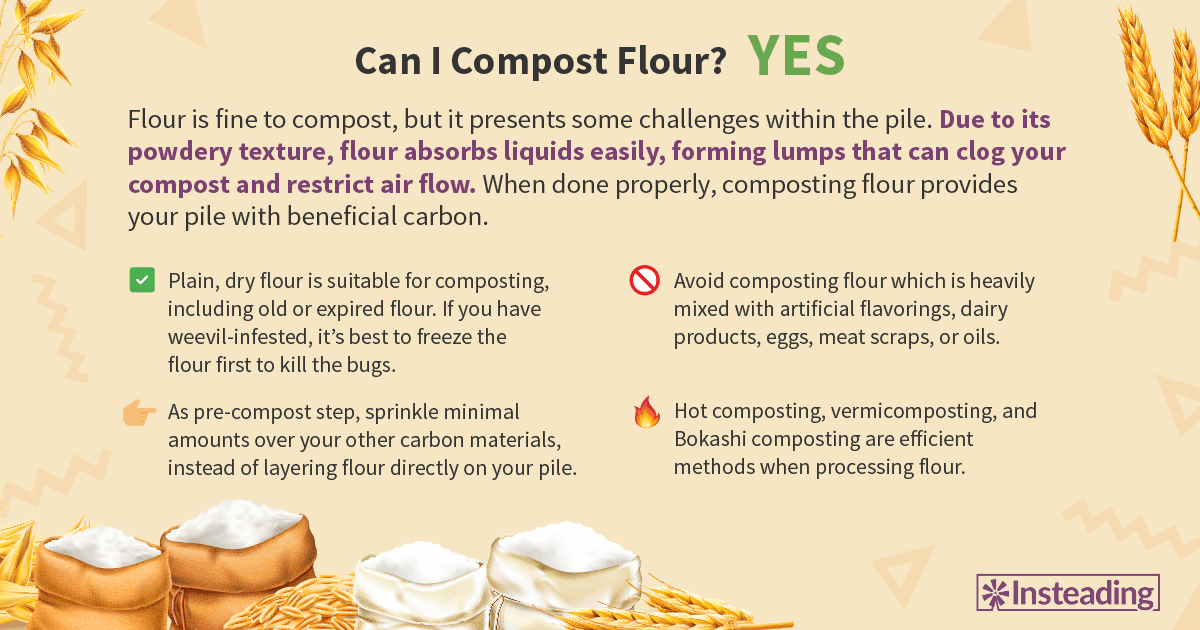
When combined with liquids, flour — especially in large amounts — can form lumps, restricting air flow in your compost heap. Without adequate oxygen, traditional piles will not heat up, and they break down organic wastes slower.
If a home compost isn’t available, there are various sustainable options to consider. Old or expired flour can be repurposed for insect deterrent or homemade dry shampoo.
Learn more tips and tricks on how to efficiently convert flour into nourishing compost with our comprehensive guide below!
How to Compost Flour
With the correct composting procedures, you can safely incorporate used or expired flour to your compost bucket or pile. Flour typically contains wheat, although other types may use almond, buckwheat, chickpea, coconut, or rice. These ingredients naturally enrich your compost with carbon.
Several types of flour, such as all purpose flour, bread flour, cake flour, gluten-free flour, self-rising flour, and sprouted flour, are all compost-friendly. When adding flour to your compost heap, moderate amounts will avoid any composting issues.
Preparing Flour for Composting
Ensure that the flour is dry and clear of other kitchen scraps before composting. If you used flour for breading, remove any meat remnants. Significant amounts of dairy and raw eggs in your flour could lead to pests and unpleasant odors in your compost pile.
Avoid wet flour as it can clump between the layers of organic matter, restricting proper airflow within your bin or pile. Lack of adequate aeration slows the pile’s decomposition rate and can stimulate anaerobic decomposition.
Flour infested with flour bugs or weevils should be handled cautiously. You should freeze flour overrun by weevils before adding it to your compost. According to the Iowa State University, these small insects die under zero degrees Fahrenheit for three days, regardless of their growth stage.
Avoid dumping large amounts of flour into your compost pile as it can hinder oxygen from reaching the rest of the organic materials.
Combine your flour with other carbon-rich ingredients like dead leaves, dried grass clippings, shredded paper, or untreated wood chips. Balance these compost ingredients with nitrogen-rich materials.
Optimal Composting Conditions for Flour
Once you’ve combined your flour with other carbon ingredients, layer them alternately with fruit and vegetable waste, following the carbon to nitrogen ratio of 25 to 30 parts of carbon to every 1 part of nitrogen. A balanced mix of your compost ingredients will generate favorable conditions for composting microorganisms, yielding the best compost quality.
Ensure your bin or pile’s moisture level remains balanced when composting flour. The pile should feel damp, but not waterlogged. If your compost pile becomes too wet, integrate more brown materials.
The danger with composting this kitchen scrap is the risk of clumping. Flour hardens when it comes in contact with liquids, clogging your compost pile. Be aware of the potential clumping issues with flour — it can harden and clog a compost pile. To avoid this issue, add flour in small amounts and mix other compost ingredients before adding to your compost pile.
When hot composting, aim for the optimal temperature range of 90 to 140 degrees Fahrenheit. Regularly aerate the organic materials by turning them and use a long-stemmed thermometer to monitor the temperature.
By following these guidelines, you can efficiently transform flour and other organic waste into nutrient-rich compost.
How Long Does Flour Take to Compost?
In a well-managed compost heap, flour can take 3 to 6 months to fully decompose.
The rate at which it decomposes will largely depend on environmental factors like the ratio of organic materials, heat, moisture, and oxygen levels.
How Flour Affects the Composting Process
Flour’s carbon content is beneficial to your compost pile’s efficiency and can serve as an energy source for composting microorganisms. However, excessive amounts of flour can impede the decomposition of organic waste and trigger composting issues.
Impact on Decomposition
Adding small amounts of flour can enhance the microbial activity in your compost pile. Again, always use dry flour to prevent clogging or clumping in your compost.
Lack of air can slow down the decomposition of organic waste. Combined with excessive moisture, it could cause anaerobic conditions that produce unpleasant odors.
Microbial Activity
Maintaining a thriving community of microorganisms will enhance the efficiency of your compost bin or pile. The carbon from flour helps stimulate this microbial activity.
On the other hand, avoid overloading your compost with flour. Too much flour can stifle the supply of oxygen, a vital component for sustaining microbial activity.
Temperature and Moisture
Microorganism activity will help promote heat throughout your flour compost. Ideally, temperature should stay between 90 to 140 degrees Fahrenheit.
While flour is highly absorbent, it’s not recommended to use for reducing excess moisture in compost bins or piles. Flour thickens and clumps when wet, which could cause problems in your compost. Instead, add other carbon materials to an overly damp pile.
Potential Issues With Composting Flour
Most composting issues with flour arise from misuse and mismanagement.
Will Composting Flour Attract Pests?
In small amounts, flour does not typically attract pests — especially if integrated correctly. Large heaps of flour can entice rodents and other problematic pests. When using flour, add it in thin layers with other carbon-rich materials.
Avoid flour soiled with other food wastes like dairy, eggs, meats, and oils to further safeguard your compost pile from pests.
Will Composting Flour Cause Odors?
Flour in a well-maintained compost heap does not usually cause unpleasant odors. Aim for the optimal composting conditions and regularly turn the organic materials. Avoid anaerobic decomposition by aerating your compost pile and minimizing excess moisture.
Methods for Composting Flour
Flour is a flexible ingredient found in various dishes across the globe. Whether you’re frying or baking, excess flour is unavoidable. Instead of sending this kitchen scrap to your local landfill, consider the composting options below.
Hot Composting
Hot compost piles can efficiently convert flour into a healthy soil amendment, but due to the need for close maintenance and monitoring, hot composting may not suit all composters and gardeners.
Microorganisms draw energy from the carbon present in carbon-rich material like flour. The heat these microorganisms generate aids in the decomposition of organic wastes.
A hot pile can reach temperatures between 90 and 140 degrees Fahrenheit, allowing hot composting to produce healthy compost faster than other methods.
To sustain these intense temperatures, turn your compost pile. Doing this step allows oxygen to penetrate through the organic materials. Regularly check the internal temperature of the pile and take necessary steps to keep it within the ideal range.
Cold Composting
A method suitable for beginners, cold composting flour should be carried out with caution. It requires a balanced mix of organic materials, in line with an optimal ratio of 25 to 30 parts of carbon to every 1 part of nitrogen. To avoid clumping issues, add small amounts of flour to your carbon materials before layering them with green materials.
In cold piles, minimal human intervention is needed during the composting period. Naturally occurring microorganisms and external elements are the few of the primary agents of decomposition.
Without the heat, cold piles take a significant amount of time to yield compost.
Vermicomposting
You can vermicompost flour, but only in moderation. Iron, protein, and other minerals will nourish your worm farm once they consume flour. You may use flour as work bedding to support your bin’s microbial development. Add them gradually to the worm’s diet and see how they react.
But avoid large heaps of flour in the worm bin. Clumping and hardening of flour poses a threat to worms. Flour may even stick to them.
Vermicomposting involves worms that turn organic matter into nutritious worm castings through digestion.
Bokashi Composting
Bokashi composting presents another sustainable way to manage flour waste. Unlike other methods, Bokashi primarily utilizes anaerobic decomposition, which involves isolating food waste from oxygen. A Bokashi kit typically includes a Bokashi bucket and a specialized bran inoculant. The carbohydrates and proteins in flour provide a good environment for fermenting microorganisms to thrive.
You can also include flour with meat scraps and dairy products in your Bokashi bin.
Alternatives to Composting Flour
If composting at home isn’t feasible, consider sending your used flour to a commercial composting facility. Alternatively, you can upcycle your flour into craft projects or use it in other gardening endeavors.
Industrial Composting of Flour
Commercial composting centers can transform flour waste into nutrient-rich compost. They operate at high temperatures which makes the composting process highly efficient. Many of these facilities provide pick-up services or have drop-off locations for collecting household waste.
Contact your local composting center to know more on how they accept flour waste.
Upcycling Flour
Before throwing away your used flour, explore its other uses for your home and garden.
Flour as Insect Repellent
Aphids can pose significant problems for your garden. These tiny insects can restrict plant growth, spread diseases through your flower beds or vegetable garden, and distort the structure of your plants.
You can use flour as a natural solution for aphid infestations. Just mix 2 cups of white flour with 5 liters of water, then spray this mixture on the underside of leaves on your aphid-infested plant in the morning.
As the day goes on, the flour mixture will dry out along with the insects, ultimately killing them. This mixture can also work on plants overrun by spider mites.
If you’re facing an ant problem at home, you can use flour as an organic repellent. Scatter small amounts on any ant trails you encounter. This will disrupt the pheromones that guide their movement and can also kill the ants.
Flour as Natural Copper Polisher
Copper items often lose their shine over time, but you can restore them using a flour scrub. Mix your old flour with salt and vinegar, then apply this mixture to your copper pans, pots, or utensils. Gently scrub the items, then polish them with a dry, soft cloth until lustrous.
Flour as Organic Play Dough
Flour can be turned into homemade play dough — an inexpensive alternative to commercially-bought modeling clay. Kids will love sculpting and building objects with this upcycling project.
Collect at least 2 cups of your expired or old flour, and add a cup of salt and 2 teaspoons of oil. Mix 2 cups of water and stir evenly until the ingredients combine into a dough-like substance. You may add cream of tartar for extra elasticity or food coloring to beautify your play dough.
Flour as Dry Shampoo
On days when you’re on-the-go, washing your hair can be time-consuming. This do-it-yourself dry shampoo treatment can absorb unwanted grease from your hair and scalp. Sieve the white flour, and apply it to your scalp. Leave for at least 30 seconds and clean with a brush.
Feeding Flour to Chickens and Livestock
You can serve flour “as is” to your chickens, but it will result in a messy meal. Due to its small particles, flour can get on chicken feathers — as they find it difficult to consume easily. To avoid this nuisance, mix the flour with your chickens’ regular feed and grains.
Excessive amounts of flour and other wheat products are not suitable for cattle, sheep, or goats as it can cause acidosis, a metabolic disease.
Disposal Options for Flour
If you can’t upcycle or compost used flour, make sure to dispose of it in an appropriate trash bin. Seal your flour in a biodegradable bag to prevent pests from infiltrating your waste bin.
What Flour Shouldn’t Be Composted?
In general, dry flour — old or expired — is fine to compost.
You should avoid composting flour which is heavily mixed with artificial flavorings, dairy products, eggs, meat scraps, or oils. These ingredients can have negative effects on the health of most traditional compost piles, like slowing down decomposition, attracting pests, or causing unpleasant odors.
Safety and Precautions When Composting Flour
Do not add huge amounts of flour to the pile to prevent clumps clogging the compost air flow. Aim for the optimal conditions and avoid harmful food wastes mentioned earlier to ensure effective composting of flour.
After composting activity, wash your hands in running water with soap.
FAQ
Can I compost expired flour?
Yes, old or expired flour is fine to compost in minimal amounts. Expired flour is no longer usable in your kitchen, and it makes sense to consider it for a compost ingredient to nourish your garden.
Can I compost a flour bag?
A majority of the flour bags today are made with unbleached paper that is suitable for composting. Before adding flour bags to your compost pile, remove any nonbiodegradable linings, stickers, or tags. Cut the bag into small pieces to speed up their decomposition. If your flour bag is made of bleached paper, be aware of the potential chlorine contamination in the pile. You can discard bleached flour bags to keep the compost purely organic.
If you are unsure of your flour bag’s composition, discard it.
Is flour a brown compost material?
Flour should be treated as a brown compost material due to its high carbon content.


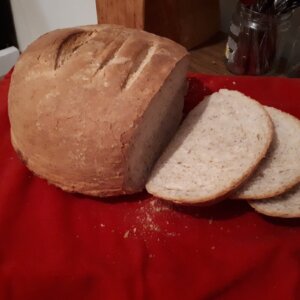

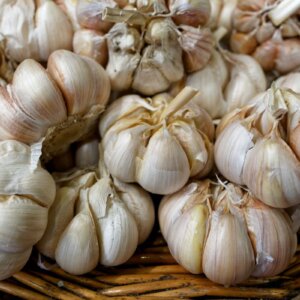


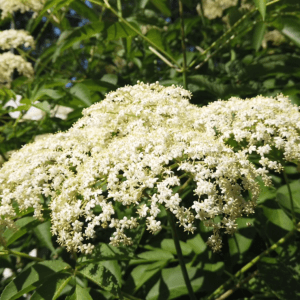

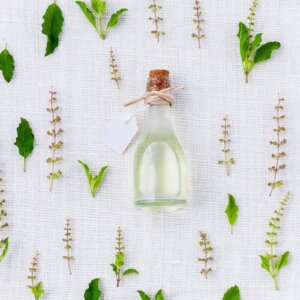

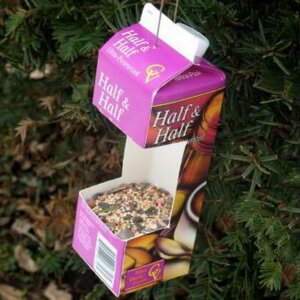

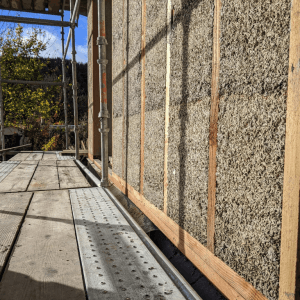

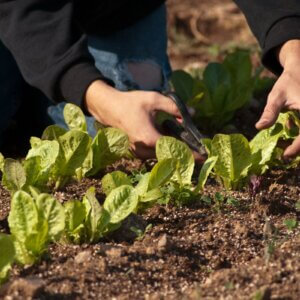


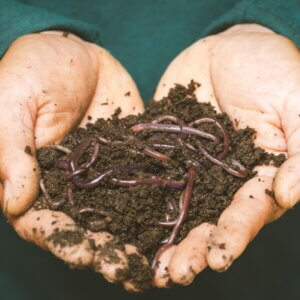

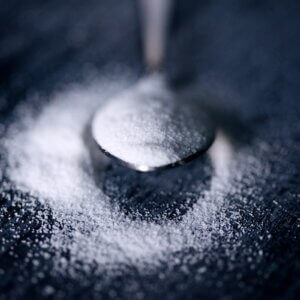




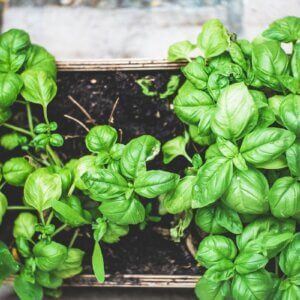
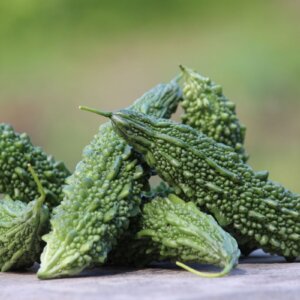


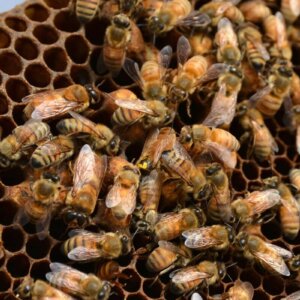


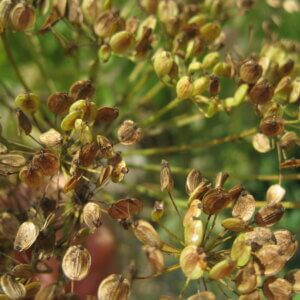



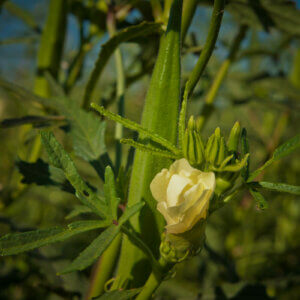





Leave a Reply